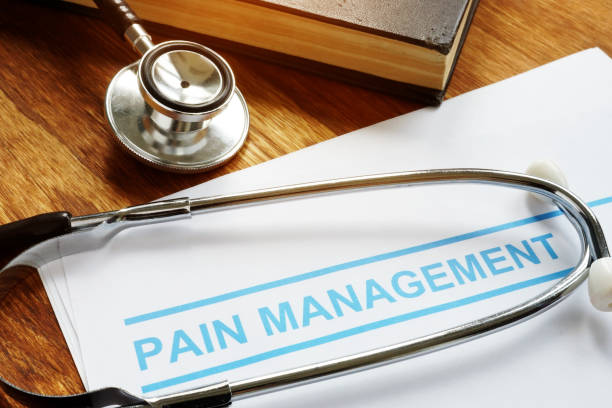
A pain management doctor can assess your pain and treat a range of conditions that cause pain. A pain management doctor treats acute pain issues like headaches, as well as many forms of long-lasting, chronic, pain such as low back pain. The pain clinic treats patients and permits them to go home that same day. A pain clinic is a service that provides the combination of medical as well as non-medical therapies, can assist in removing pain at its source.
A pain management specialist can treat various types of pain
The types of pains treated by the spine surgery can be classified into three main groups. The first type of pain is caused by direct tissue injury like arthritis. The second kind is caused by nerve injury or a condition of the nervous system like stroke. The third type is caused by a combination of tissue injury and nerve damage, such as backache.
A tissue injury can lead to pain.
Osteoarthritis (wear and tear arthritis in the large joints: hips, knees)
Rheumatoid arthritis is an auto-immune disease that causes arthritis in small joints such as wrists and fingers.
Nerve or nervous system disorders that cause pain
Stroke (post-stroke pain).
Multiple sclerosis
Injury to the spinal cord
Neuropathy (nerve pain that is caused by shingles, HIV, or diabetes)
Mixed pain disorders
Neck discomfort
Back back pain
Cancer
A pain management physicians' background
Pain management doctors have over nine years of medical training. They begin by receiving a broad education in medical school. They then get four more years of hands-on education in rehabilitation, anesthesia or physical medicine. They then complete an additional year of training that focuses solely on the treatment of pain. The American Board of Pain Medicine issues a certificate.
Different treatment methods for different conditions
Pain treatment may start by visiting a primary doctor along with pain medication as well as physical therapy. For advanced pain treatment However, you'll be directed to ketamine therapy. The pain management physician will treat you step-by-step.
Product line therapy includes medications (anti-inflammatories, muscle relaxants, anti-depressants) and injections that numb pain (nerve blocks or spinal injections). TENS (Transcutaneous electrical nerve stimulators - units that make use of skin pads to deliver low voltage electrical current to areas of pain) may also be used.
2nd line therapy involves sophisticated procedures including radiofrequency ablation (RFA) or even viscosupplementation. RFA involves the application of heat or chemical agents to a nerve to stop the transmission of pain signals. It is utilized for treating chronic pain like arthritis of the spine. Viscosupplementation involves the injection of lubricating fluid to joints for arthritis pain. In this phase the doctor can also prescribe stronger medications.
The third line treatment is implanted with a pain pump and an electric stimulation device for the spinal cord. These procedures reduce pain at the level of the spinal cord which is the body's control centre to ketamine therapy. Another option is stem cells (regenerative) therapy at this point.
